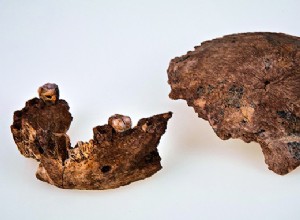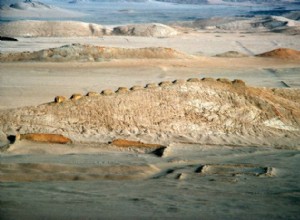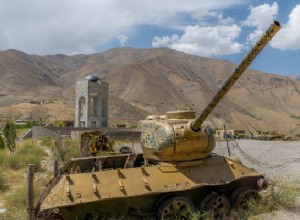Fossils of a piece of skull and jawbone discovered in 2021 near Ramla, Israel • TEL AVIV UNIVERSITY / AFP Two recently discovered fossils claim the title of a new species of Homo and a close kinship with modern man. And spark debate. The first was unearthed in Israel, as part of the extension of




